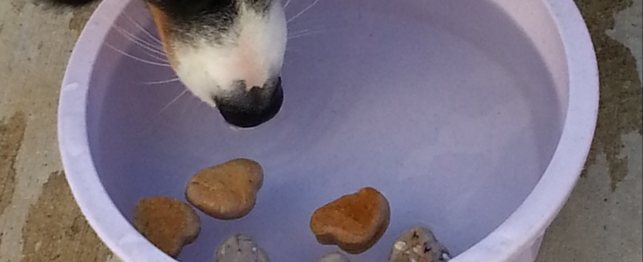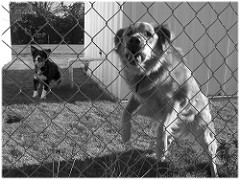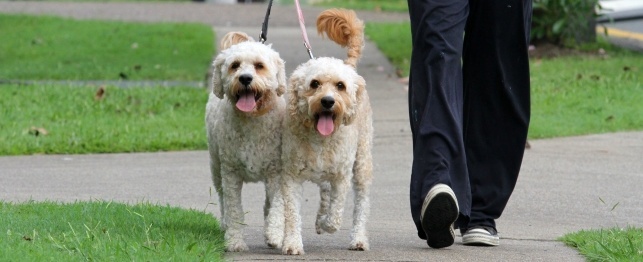Dog training may seem like a daunting task to many. Its not as simple as rewarding your dog with a treat after having performed a trick by chance and hoping that itll stick. It takes time and effort on the part of the trainer and the dog to make things work. Good thing there are some tricks of the trade to make things easier. The key method in dog training is positive reinforcement - the act of using rewards to help your dog learn new tricks or acquire new behavior. In most circumstances, using treats for training works best since all dogs are food-oriented. To them, this may be the highest possible reward.
Before getting started, take time to get to know your dog and see which type of treat works best. Cut them up into small pieces so that your dog can get them down easily. Opt for soft chewable ones over large and crunchy ones to avoid making a mess. Have them in a handy bag or in your pocket so that you dont scramble around for more whenever you run out. Show that you are in command once you start rather than being playful.
Take note that in dog training, timing is everything. Be sure to reward your dog with a treat within seconds of performing the trick or your dog may not associate it with the proper action. If you give the treat too late, you may end up confusing your dog by making it think that you are rewarding it for doing something else. Use short keywords to associate with the action. Be consistent by using the same commands with each attempt. Above all, remember the value of patience. No matter how smart your dog may be, it takes time to learn new tricks and acquire new behavior. In dog training, there is a thing called shaping which allows you to reward your dog for doing something close to what you expect, then gradually requiring more until your dog learns the trick or behavior. Baby Steps! But never give your dog a treat unless it performs. It defeats the purpose; you dont want it thinking that it can get a treat no matter what it does.
Once your dog starts getting the hang of it, go from continuous reinforcement of giving a treat every time your dog performs to intermittent reinforcement by gradually decreasing the number of treats you give your dog. To compensate for this, continue on with verbal praises or a simple pat on the head just to let your dog know that it did a good job. So to sum things up: take note of timing, consistency, and patience. Have faith in your dog because aside from wanting to get those treats, it is also in their nature to want to please you. Just remember that when it comes to dog training, never succumb to those puppy eyes! Stand your ground and help your dog be the best that it can be.

 Dog Games - Try Puppy Push-Ups
Dog Games - Try Puppy Push-Ups
Dog Games - Try Puppy Push-Ups
Dog Games - Try Puppy Push-Ups
 Games for Dogs: Bobbing for Biscuits
Games for Dogs: Bobbing for Biscuits
Games for Dogs: Bobbing for Biscuits
Games for Dogs: Bobbing for Biscuits
 Stop Dog Barking: The Real Approach To Train Your New Family Dog.
Part of training your dog to stop dog barking is learning t
Stop Dog Barking: The Real Approach To Train Your New Family Dog.
Part of training your dog to stop dog barking is learning t
 Dog Dudes: Surfing Dogs
Dog Dudes: Surfing Dogs
Dog Dudes: Surfing Dogs
Dog Dudes: Surfing Dogs
 How Much Exercise Does My Dog Need?
How Much Exercise Does My Dog Need?
How Much Exercise Does My Dog Need?
How Much Exercise Does My Dog Need?